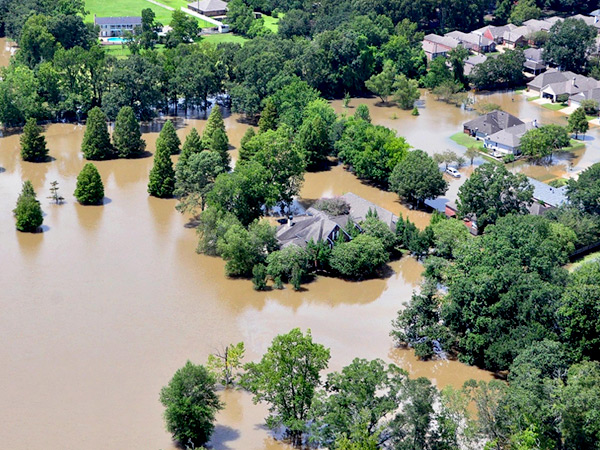Published on March 7, 2019

Inside a small, rectangular room at the University of Washington is a series of shelves filled with more than 300 high-tech tools. There’s a collection of drones, cameras, and tablets, and even a mobile EEG kit, able to measure a brain’s electrical activity and detect stress levels in disaster victims. Each one has been meticulously organized, labeled, and packed away in a protective case, ready to be sent hundreds or even thousands of miles to the next natural disaster.
This is one of the three rooms that make up the RAPID Facility in Seattle, a first-of-its-kind center pushing the boundaries on natural disaster research, along with the world’s ability to mitigate the potentially catastrophic effects of these hazards.
At a time when extreme weather, such as hurricanes and wildfires, is having a major impact on our daily lives, gaining this type of information is becoming especially vital, says Joseph Wartman, director of the RAPID Facility and geologic hazards professor in Civil and Environmental Engineering. In 2018, these types of hazards resulted in 247 deaths and almost $100 billion in damage in the U.S. Globally, natural hazards resulted in $330 billion in global losses in 2017, up from $200 billion in 2014. Wartman said there does appear to be a trend toward more frequent weather-related disasters, as well as an uptick in their intensity, so it’s very important to understand these hazards better.
Continue reading at Fast Company
Originally posted on Fast Company by Hallie Golden